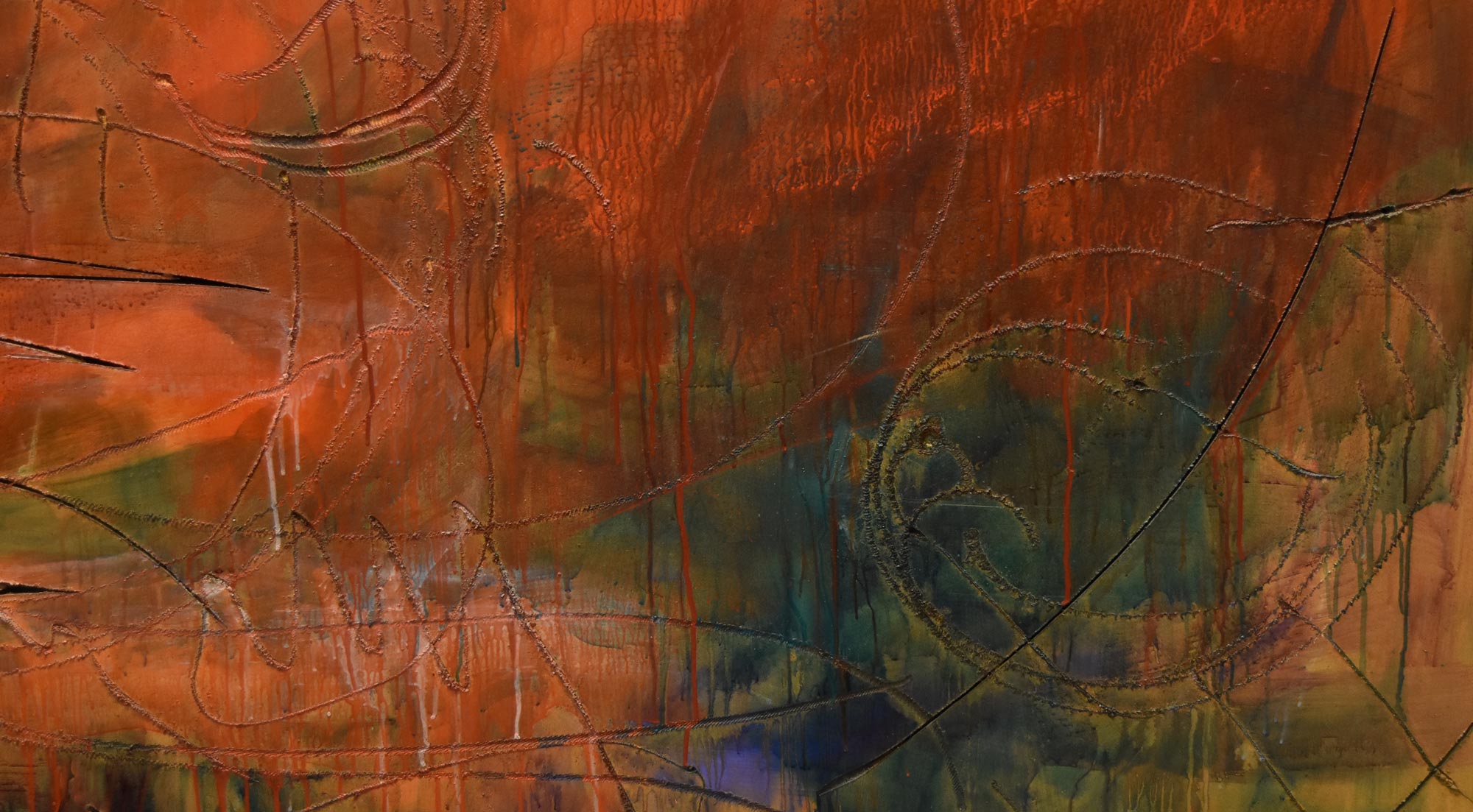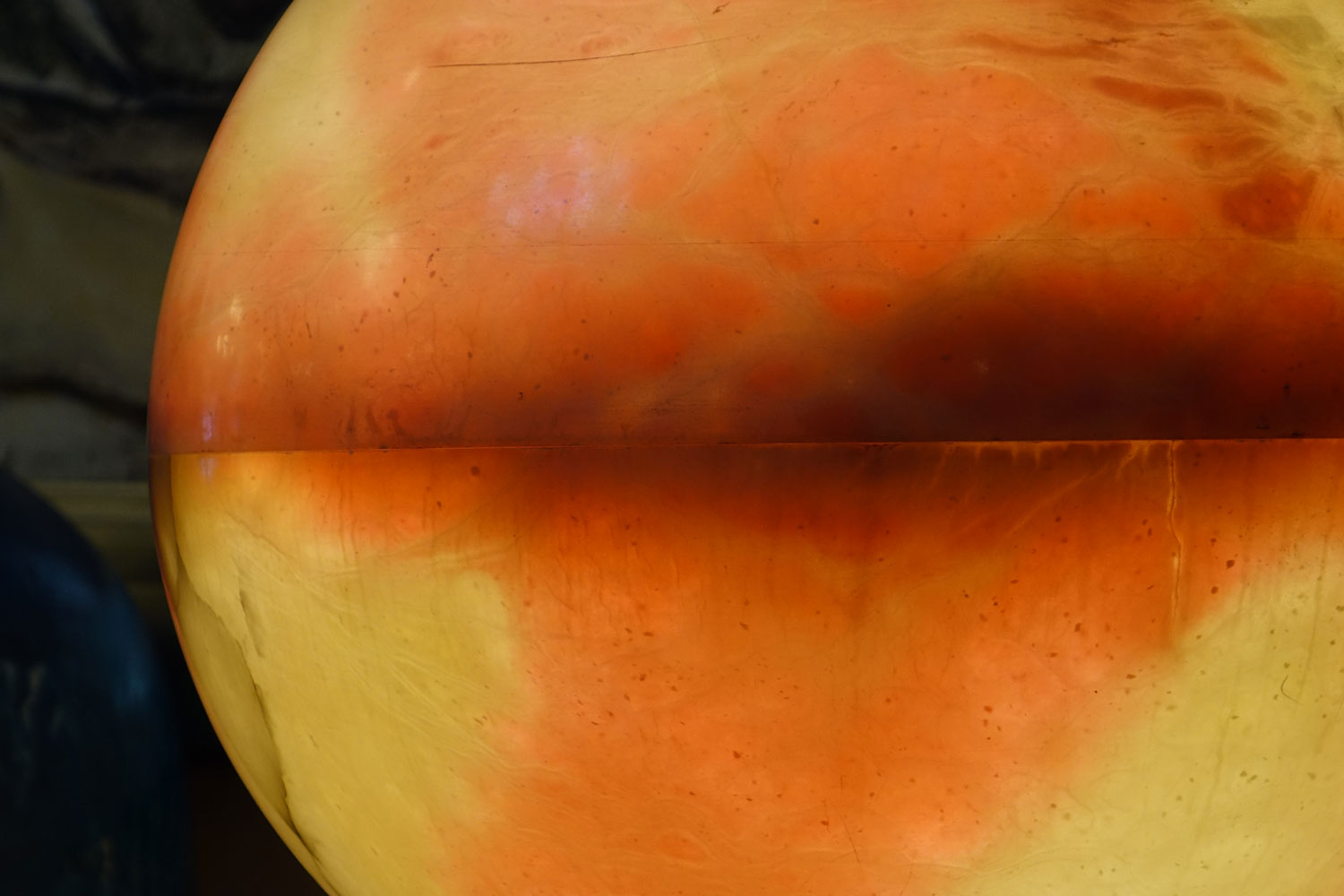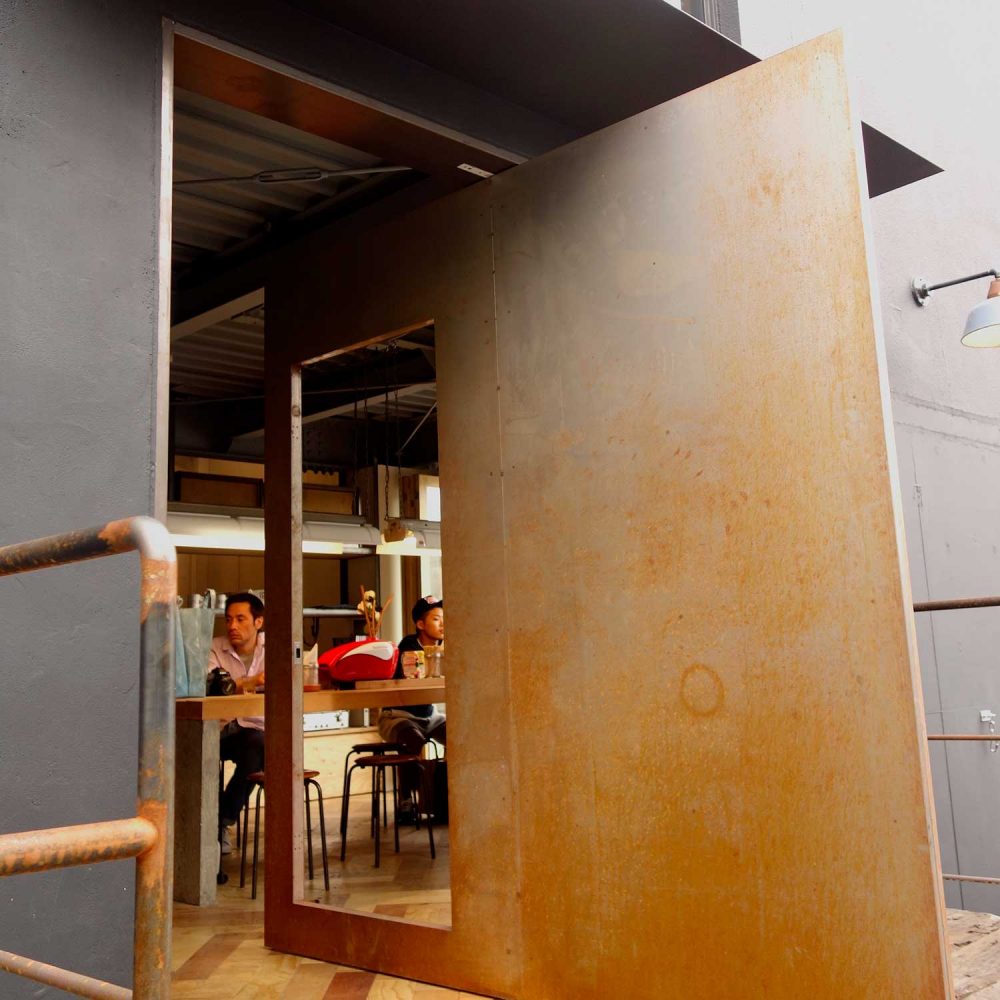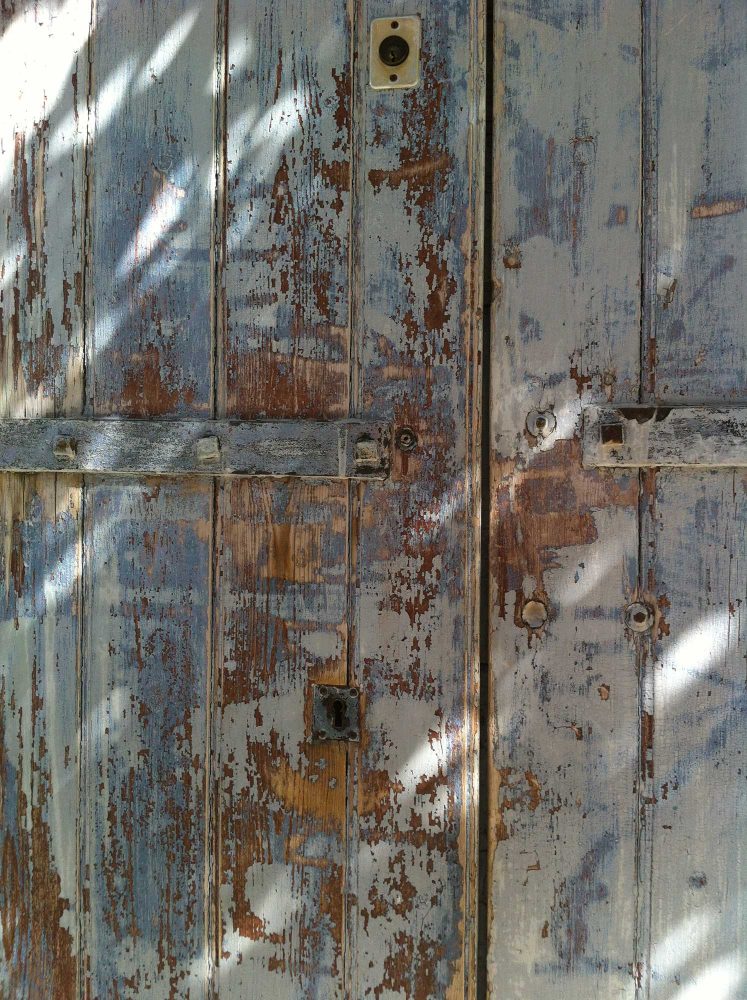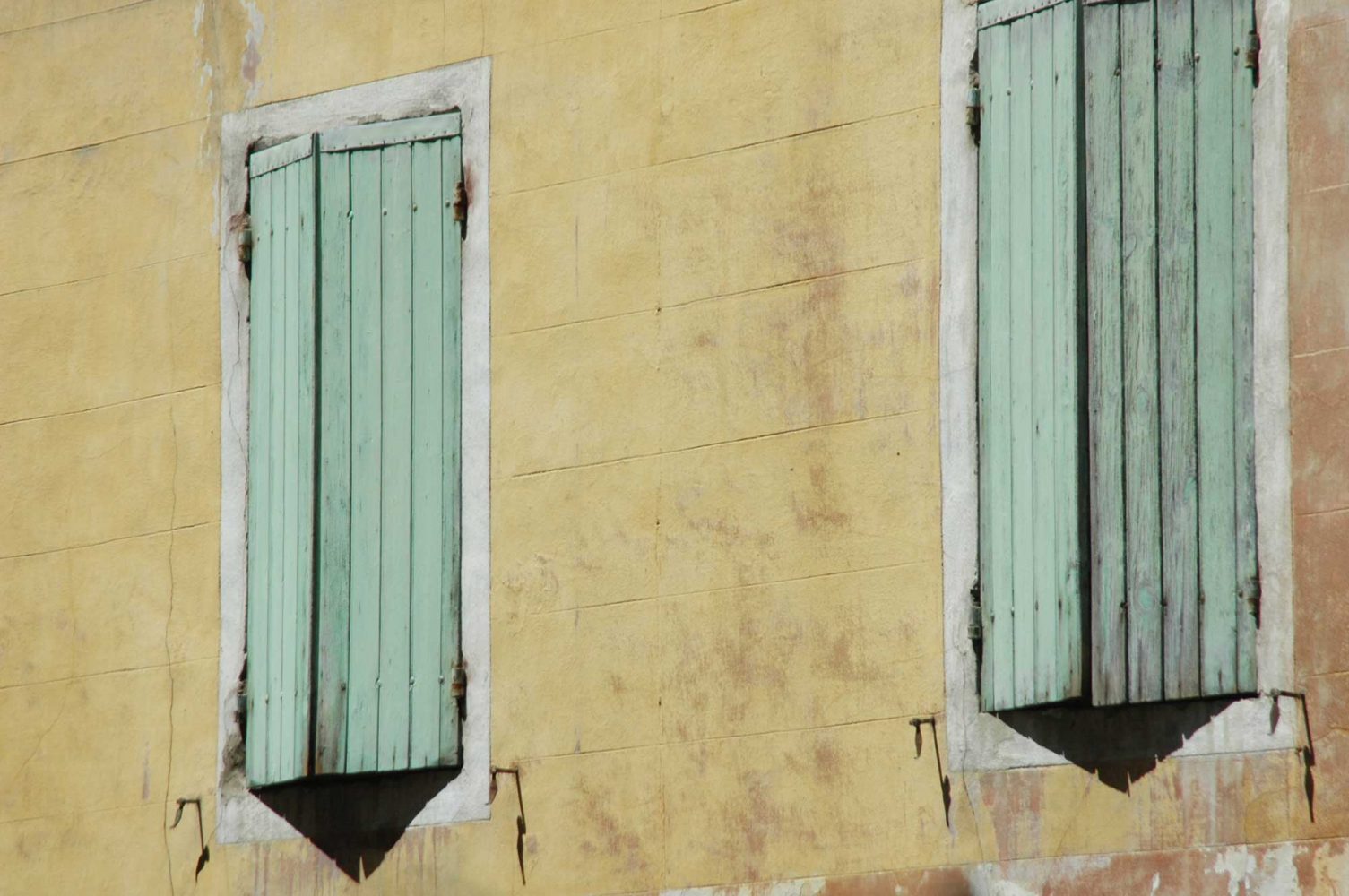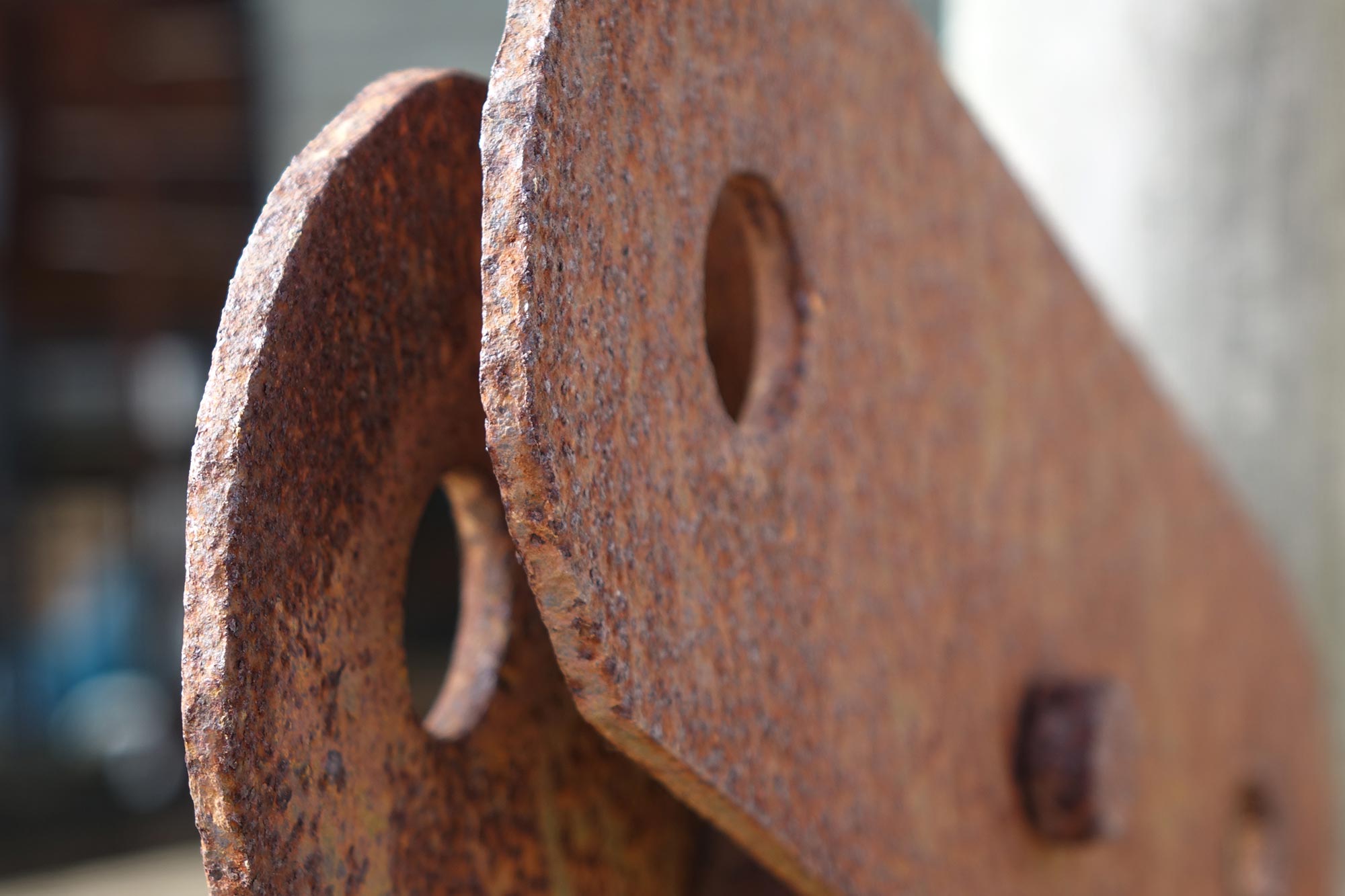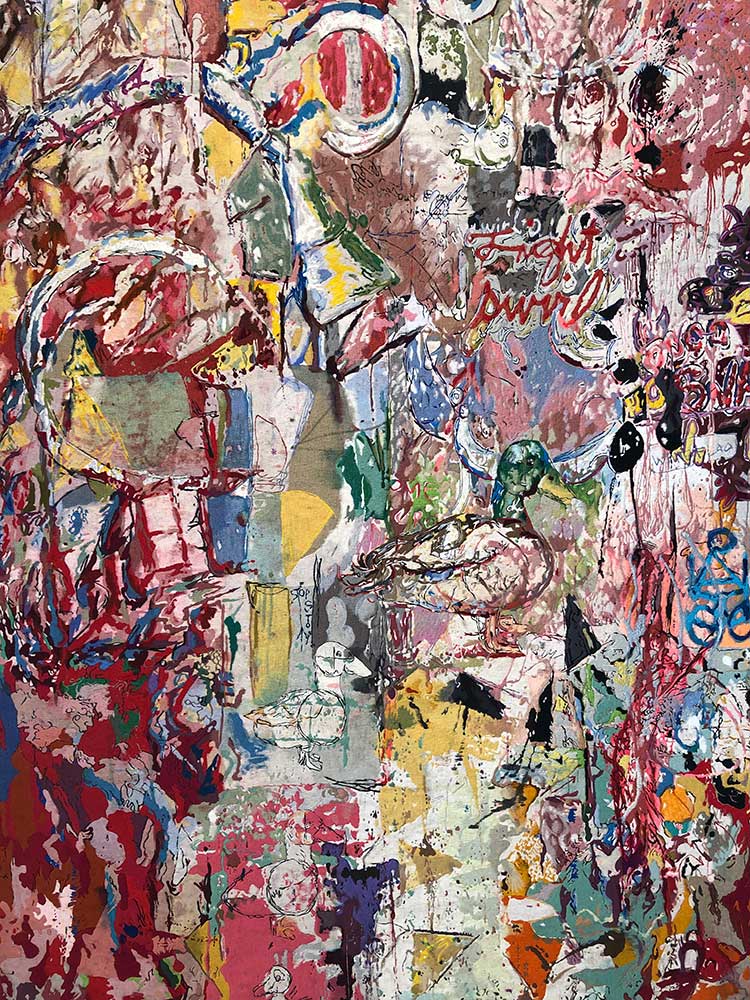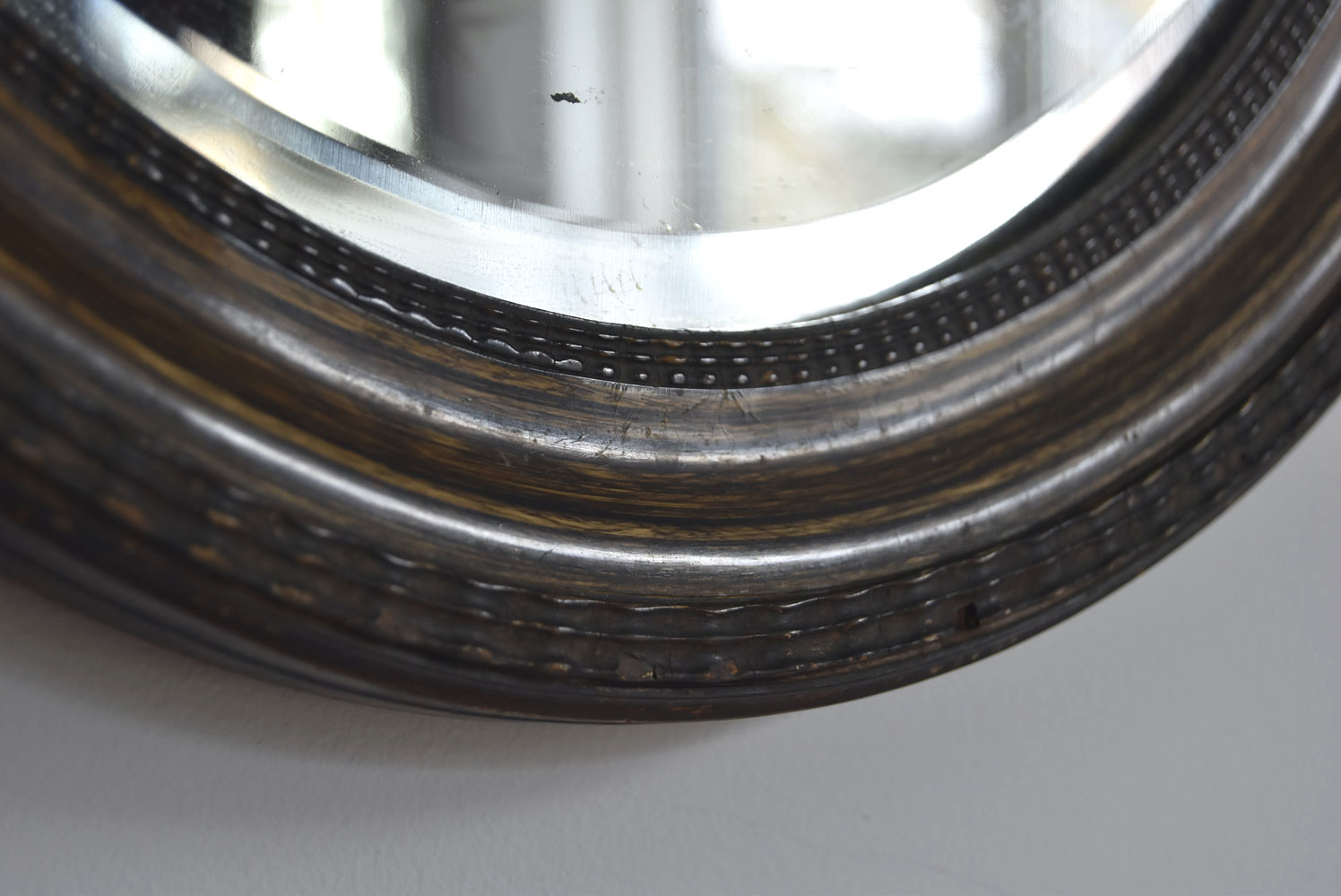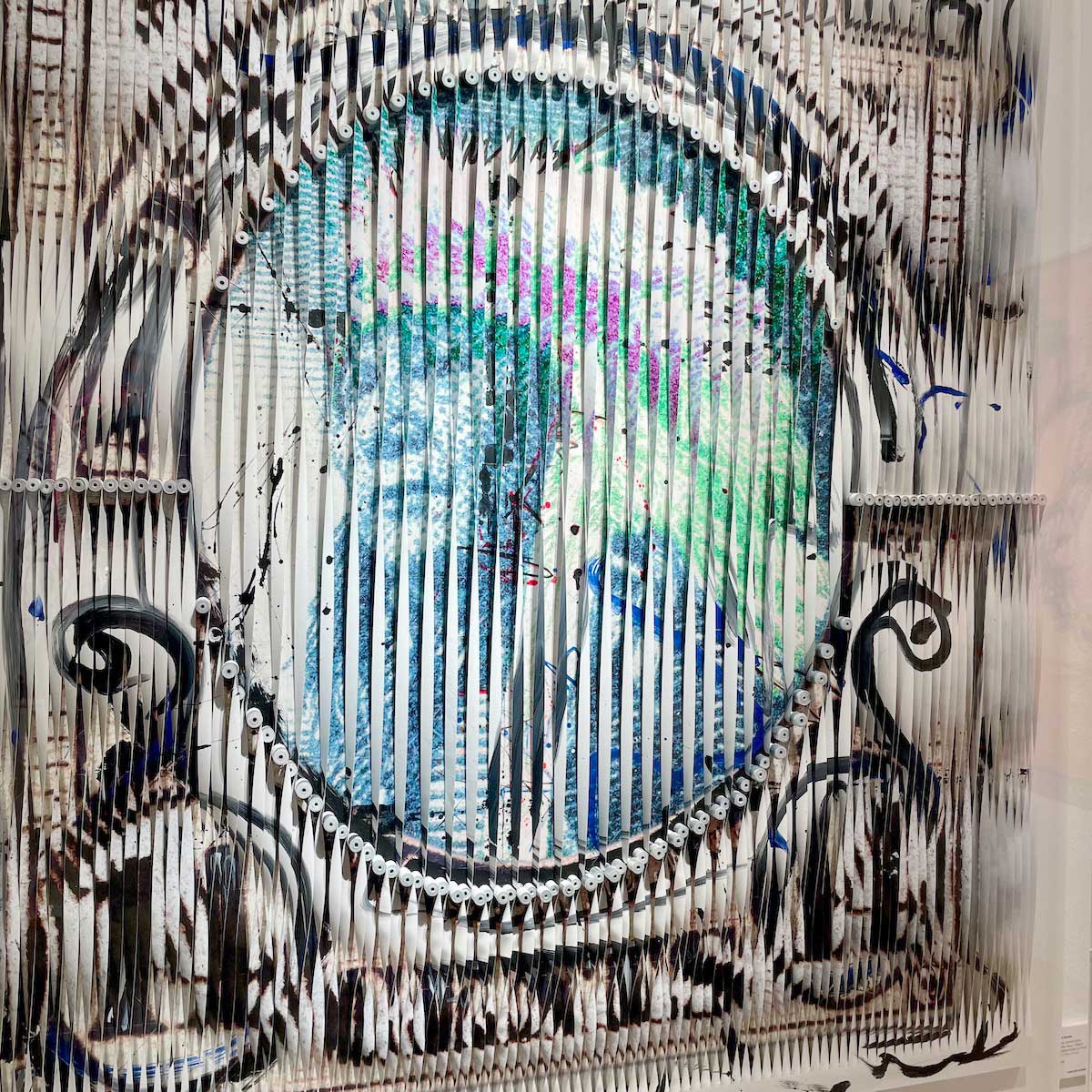What is Texture in Design?
In interior design, texture plays a crucial role in adding style, depth, and realism to any space. Textures, along with patterns, are essential design elements that impact not only the visual appeal but also the tactile experience of a room. Whether it’s the softness of a velvet cushion, the roughness of exposed brick, or the smooth sheen of polished metal, textures engage our sense of touch, contributing to the overall atmosphere of the space. By defining texture as “the sensation caused by the external surface of objects,” we emphasise its tangible qualities – how things feel to the touch, or even how they might feel based on their visual appearance.
Texture vs. Pattern: Understanding the Difference
While both texture and pattern are integral to design, they serve different purposes. Pattern refers to a decorative design or print that is repeated across a surface, creating a rhythmic visual element. Texture, on the other hand, is more about the physical quality of a surface – whether it’s soft, rough, grainy, or smooth. This distinction is important because textures add a tactile quality that patterns alone cannot achieve, contributing to a room’s overall mood and ambiance in ways that visual elements alone cannot.
Texture Provides Balance and Contrast
One of texture’s most powerful effects is in creating balance and contrast within a room. In design, contrast adds interest and draws the eye to certain features, while balance ensures that elements feel harmonised. Texture can help direct attention to important design elements or serve as a backdrop that supports a focal point. For example, adding a textured wall in an otherwise minimalist room can create a dynamic focal point without overwhelming the space.
Texture is also especially useful in colour palettes with limited variation, where similar shades might otherwise make the space feel flat. Adding texture in such cases – like a matte ceramic vase against a glossy wall – can bring depth and vitality, creating harmony without needing additional colours.
Using Texture to Add Visual Weight
Texture doesn’t just affect how a room feels; it also influences the perception of visual weight. Rough or coarse textures – like wood grain, stone, or woven fabrics – tend to create a grounded, intimate feel in a room, adding warmth and coziness. Smooth textures, on the other hand, often evoke a sleek, modern atmosphere, making the space feel airy and open. By positioning a rough texture next to a smooth one, you can create visual interest, as the rough element will seem weightier or more prominent in comparison. Placing textures at different distances from each other also allows for a more subtle or intense effect depending on your design goals.
Practical Tips for Incorporating Texture
Layering: Combine multiple textures within a room to add depth. For example, pair a velvet couch with a chunky knit throw and a smooth leather ottoman for a layered, rich feel.
Contrast with Furniture: Use texture to emphasise particular furniture pieces, like placing a sleek glass coffee table against a rough stone wall to make both elements pop.
Balance in Lighting: Certain textures absorb light while others reflect it. Consider how natural and artificial light interact with the textures in your room to either highlight or soften their impact.
Use of Textures on Surfaces: Experiment with textures on walls, flooring, and ceilings. A textured wall or ceiling can add dimension, while textured flooring can help ground a space visually.
Varying Sizes and Finishes: Play with different textures at varying scales and finishes to create a balanced yet dynamic aesthetic. Mix matte, glossy, and tactile surfaces for a nuanced design.
Incorporating texture into your design can transform a space, making it feel dynamic, inviting, and uniquely balanced. By thoughtfully applying textures, you can achieve a layered, harmonious design that captivates and comforts anyone who enters.

